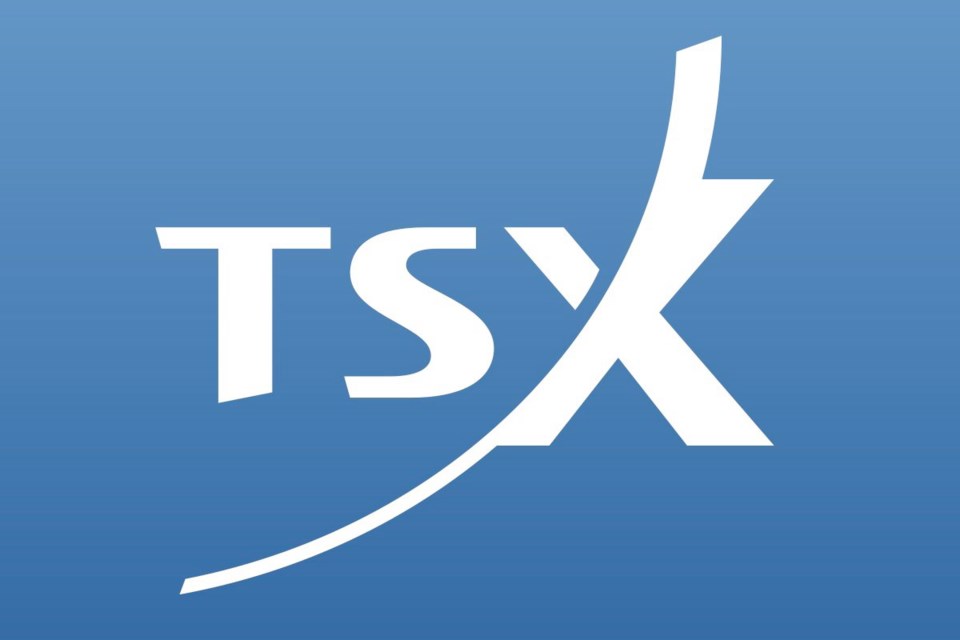TORONTO — Canada’s main stock index cruised to a new record high in its first day of trading for the year, as the loonie gained ground on the U.S. dollar.
The S&P/TSX composite index surged 100.86 points to 16,309.99 on Tuesday, with energy and mining shares among major advancers on the commodity-heavy index.
The February crude contract was down five cents to US$60.37 per barrel. A rally late in December sent oil to its highest price since June 2015.
“Oil, up where it is right now, is maintaining that $60-plus level and at that price there are a lot of shale producers that are quite profitable,” said Craig Jerusalim, portfolio manager of Canadian equities at CIBC Asset Management.
“And with the profitability of those shale producers we’re likely to see the supply response come on at this point. So it will be tough for prices to be maintained at these levels.”
Elsewhere in commodities, the February natural gas contract was up 10 cents to US$3.06 per mmBTU, as the cold snap that continues to blanket many parts of North America is driving short-term natural gas prices higher.
The February gold contract added US$6.80 to US$1,316.10 an ounce and the March copper contract was down two cents to US$3.28 a pound.
South of the border, technology and health-care companies jumped as U.S. stocks started 2018 the same way they spent the last one: rising steadily and setting records.
“This time of the year the prognostications are often for the continuance of the trend and it’s going to continue until there’s some sort of hiccup,” said Jerusalim.
“But for the time being people are still optimistic.... It’s almost that fear of missing out where investors are chasing returns. At some point there’s going to be a catalyst that changes that sentiment.”
In New York, the Dow Jones industrial average advanced 104.79 points to 24,824.01. The S&P 500 index was up 22.18 points to 2,695.79 and the Nasdaq composite index gained 103.51 points to 7,006.90, both record highs.
In currency markets, the Canadian dollar closed at an average trading value of $79.89 cents US, up 0.18 of a U.S. cent.
Jerusalim said the loonie’s strength has been surprising given the divergence of macro data coming out of North America.
“The United States has been stronger as of late. Combine that with interest rate policies where people are expecting interest rates to move higher south of the border where they’re expected to say flat in Canada,” he said.
“That should suggest that the stronger loonie is not going to be sustainable in the medium term.”



